Summary
Whether you want to clear your mind, fine-tune your body, reinvigorate your spirit—or all of the above—The Spa is a luxurious sanctuary where you can do it all. Here, we’ve introduced an array of innovative new firsts in beauty, fitness, and wellness that make finding complete bliss on vacation easier than ever. With our MLX i³ Dome, Quartz and WellMassage 4D specialty treatment beds, Kérastase Institute, Ideal Image® Ocean featuring Dysport®, Thermage® and CoolSculpting® treatments, to our Peloton bikes overlooking the ocean, The Spa is an escape within your escape.
An Ahh-Inspiring Escape for the Modern Traveller
The Spa introduces an array of innovative new firsts in beauty, fitness, and wellness that make finding complete bliss on vacation easier than ever.The Spa features a lineup of the most advanced ways to look and feel your best on vacation. Discover how we’ve teamed up with the leading authorities in their fields and harnessed the most cutting-edge technological innovations to create a spa experience unlike anything else at sea.
Destination Treatments
We offer an array of destination-inspired treatments that connect you to the ocean and are as unique as the places you’ll visit. From coconut-infused therapies in the Caribbean to rituals favoured by Far East royalty—we add a dose of local luxury to your experience. Where will your spa service take you?
Specialty Spa Tables*
The intertwining of groundbreaking technology and nature-inspired elements reaches to The Spa’s specialty table collection, one that’s unrivaled at sea. The Iyashi Dome, the MLX Quartz, the Spa Wave MLW Amphibia®, and the WellMassage 4D® all feature completely customisable experiences designed to relax and restore. And now introducing the MLX i³Dome, this spa table offers 3 ultra-effective detox treatment methods in one. Available on Celebrity Beyond.
Acupuncture
Celebrity Cruises offers Acupuncture as a standalone service to address a series of ailments or as part of a Pain Management program to subside discomfort while on your cruise. Whether looking for simple tune-up or treat chronic symptoms, your certified Acupuncturist and Pain Management Specialist will help you achieve a pain-free and better you.
ELEMIS® BIOTEC Facials
This collection uses the latest and most advanced facial technology to help increase your skin’s natural cellular energy. Oxygen, light therapy, and galvanic stimuli switch your skin back “on.” Choose from eight groundbreaking BIOTEC skin therapies focused on everything from anti-aging to skin pigmentation and brightening to regular care and maintenance.
Hot Mineral Body Boost
This revolutionary, mineral-charged experience will condition your skin and invigorate your body, harnessing the natural restorative power of heated minerals and a nourishing amber balm, topped off with an energising facial massage.
Zero Gravity Immersion Massage
This seamlessly choreographed massage soothes every major muscle group, while the advanced technology of the WellMassage 4D® table makes you feel as though you’re suspended in air.
Aroma Spa Seaweed Massage
Feel your stress and tension float away as an aromatic seaweed mask is applied to your body, combined with a scalp and foot massage.
Restorative Salt Stone Massage
Warm salt stones are bathed in personally selected aromatics to contour the body and diffuse negative energy, reduce stress, and alleviate muscle tension, completed by a re-energising face and scalp massage for a truly uplifting experience.
R3 Pain Management Therapy
Inspired by the benefits of cryotherapy, the power of “cold therapy” is re-imagined, reducing inflammation and swelling that causes pain. Comforting heat therapy uses targeted saltstone massage to relax and soothe muscle tension for a dynamic pain relief treatment.
Thousand Flower Detox Wrap
Omega-rich Green Tea seed oil is massaged into the skin followed by the thousand flower, vitamin-packed, super nutritious earth wrap encouraging the body to surrender its toxins.
Earth Grounding Massage
Modern science has enabled the adaptation of negative electrons transferred from the Earth’s surface into the body via energy channels embedded in the treatment table to alleviate pain and inflammation, reduce stress levels, improve circulation, and aide in restful sleep. Emerge relaxed and recharged from this balancing, earthing experience.
IV Therapies & Injections*
Give your body a rejuvenating boost with personalised IV therapies and nutrient injections. These doctor-designed treatments deliver the vitamins and minerals you need directly into your bloodstream, helping to support a healthy immune system, combat dehydration, and ease nausea. Choose from an array of formulas engineered to help you manage your weight, increase energy, boost your mood, detoxify, and speed up recovery.
*Available on select ships
**Available on Celebrity Edge Series











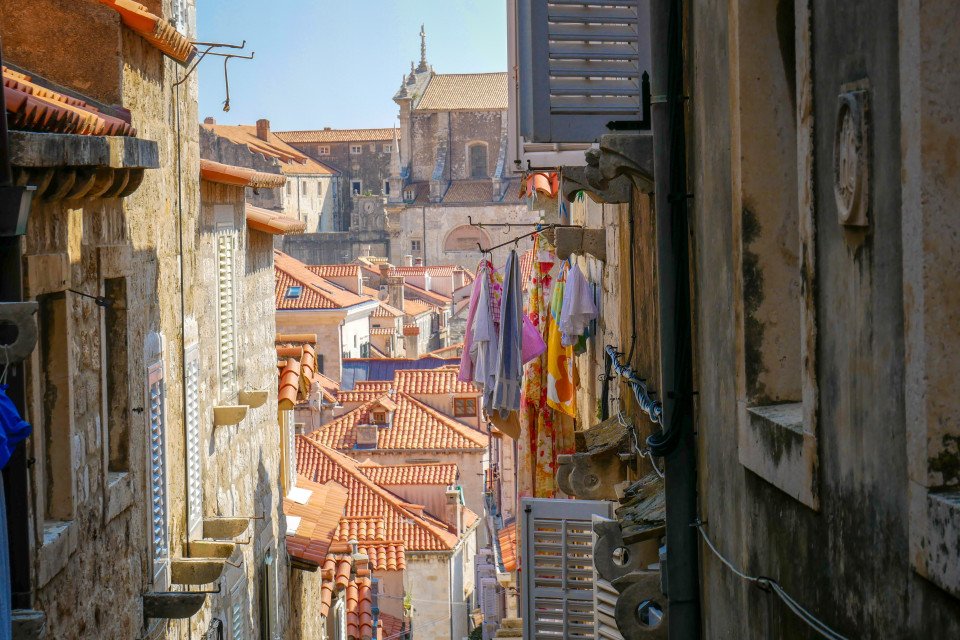
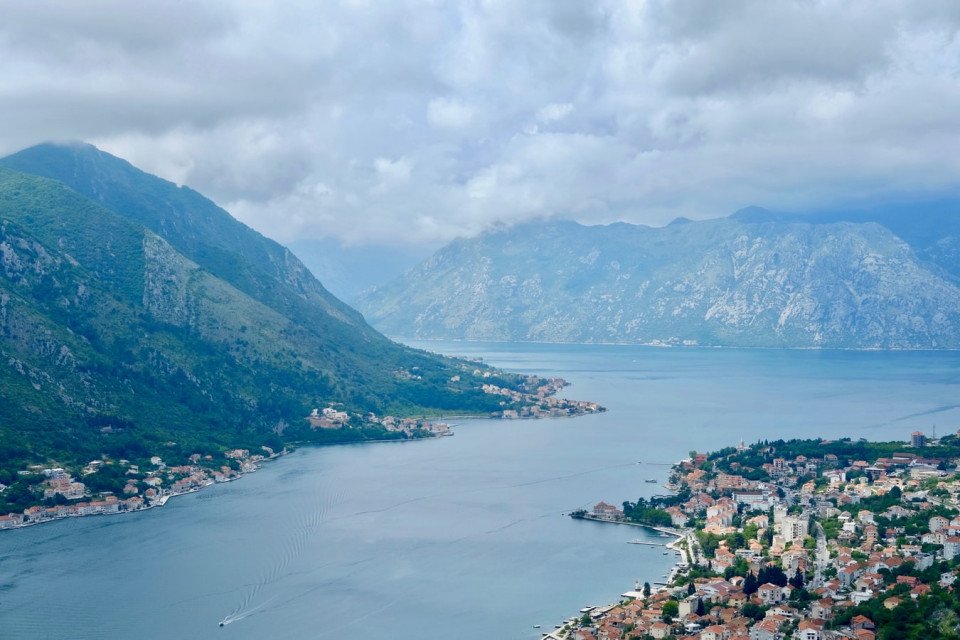

















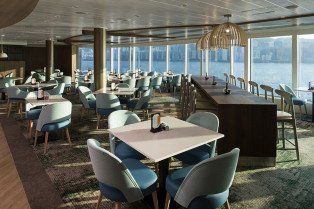








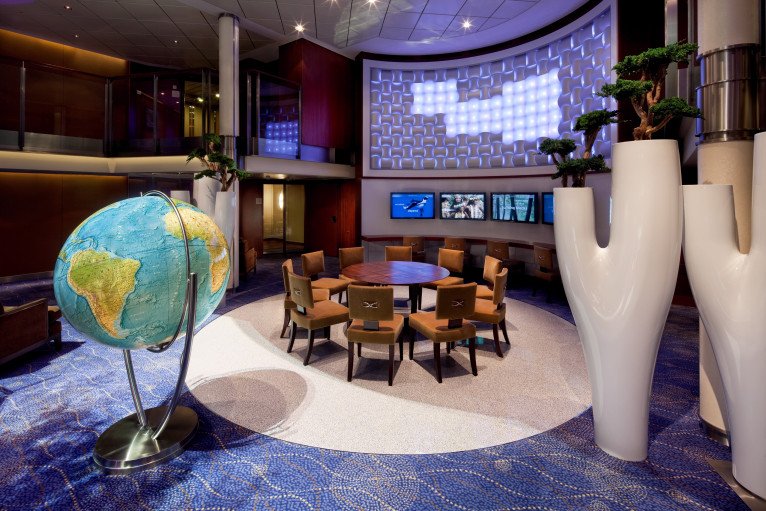



























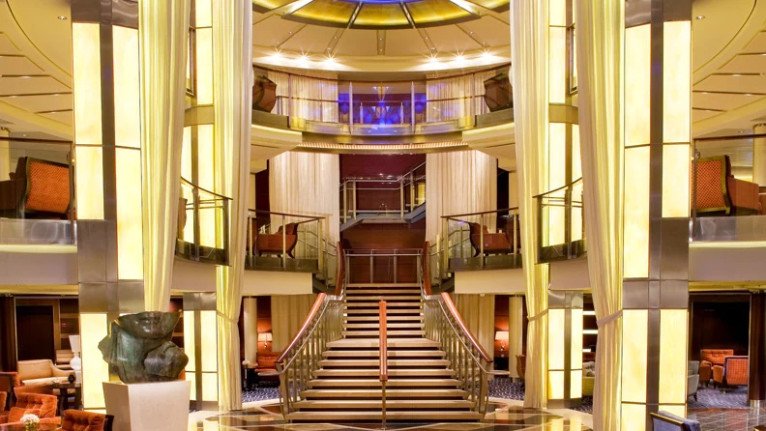







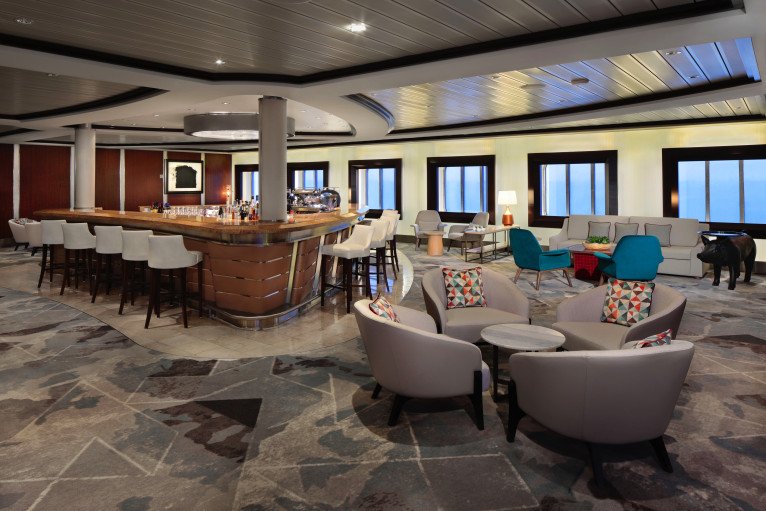
















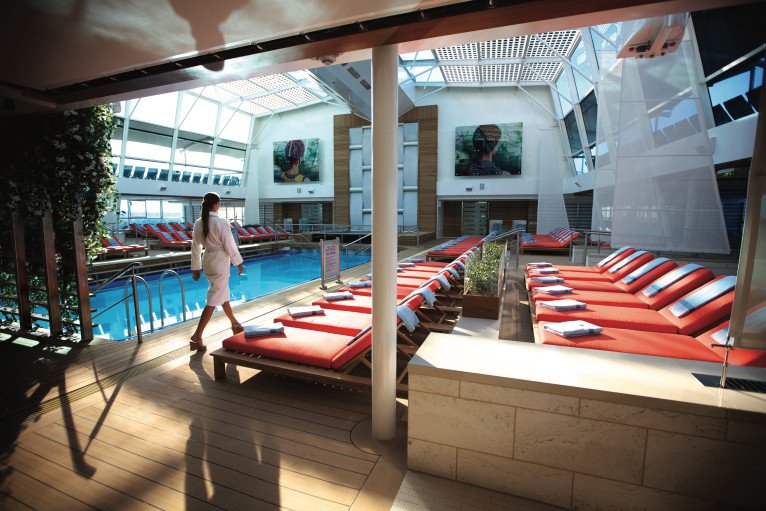





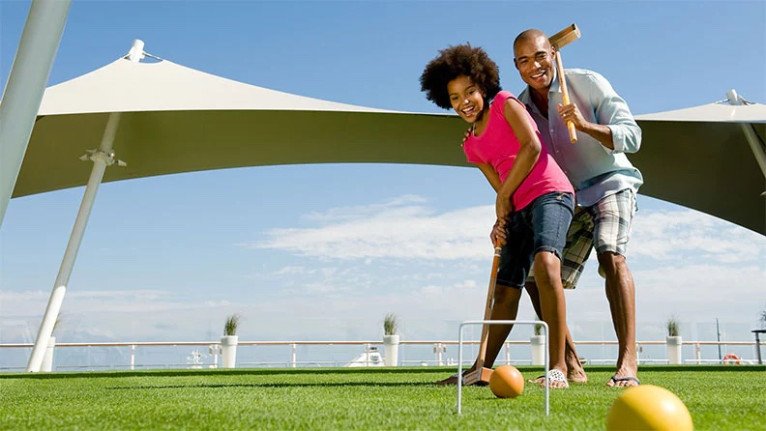







































































-large_thumb.jpg)





-large_thumb.jpg)